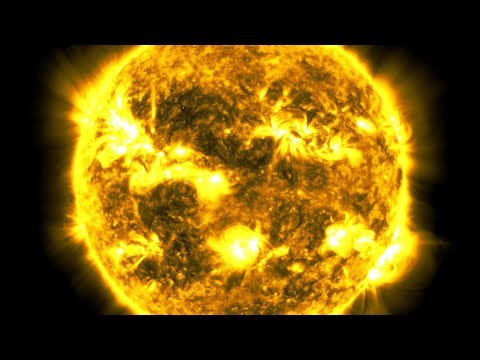Mattginnow - National Parks
More Posts from Mattginnow and Others
Matthew Ginnow Matt Ginnow #mattginnow #matthewginnow

http://photography.nationalgeographic.com/photography/photo-of-the-day/french-valley-chile/

Saguaros reach their arms to the sky in this starlight silhouette at the Sonoran Desert National Monument in Arizona.
Just south of Phoenix, a captivating desert landscape protects these majestic cacti, which can take 100 years to start growing arms. If you’re in the area, make a day trip and be sure to stay after the sun goes down — the night sky viewing is some of the best in the United States.
Photo by Bob Wick, BLM. Photo description: Tall Saguaro cactus reach upwards towards the night sky. The sky is dark and filled with thousands of stars.
Matt Ginnow Matthew Ginnow

https://www.mattginnow.com/
https://www.mattginnow.com/valdivian-rain-forest
https://www.mattginnow.com/daniel-boone-national-forest
https://www.mattginnow.com/zion-national-park
https://www.mattginnow.com/white-river
https://www.mattginnow.com/six-rivers
https://www.mattginnow.com/okanogan
Matt Ginnow, Matthew Matt Ginnow, Matt Ginnow


Matthew Ginnow, Matt Ginnow
Matthew Ginnow Matt Ginnow #mattginnow #matthewginnow
Here’s What You Need to Know About Near-Earth Objects
Our solar system is littered with asteroids and comets, and sometimes they get a little close to Earth. But no need to worry! This happens all the time. When an asteroid or comet could come close to our planet, it’s known as a near-Earth object – aka NEO.
But how close is “close”?

A near-Earth object is defined as an object that could pass by our Earth within 30 million miles. We begin to keep close watch on objects that could pass within 5 million miles of our planet.

To put that into perspective, our Moon is only 238,900 miles away.
However unlikely an impact is, we want to know about all near-Earth objects. Our Planetary Defense Coordination Office maintains watch for asteroids and comets coming close to Earth. Along with our partners, we discover, catalog and characterize these bodies.

But what if one of these objects posed a threat?
We want to be prepared. That is why we are working on several deflection techniques and technologies to help protect our planet.

So next time that you hear of an asteroid passing “close” to Earth, know that it’s just one of many that we are tracking.

Here are 10 more things you should know about Planetary Defense.
Make sure to follow us on Tumblr for your regular dose of space: http://nasa.tumblr.com

Matthew Ginnow Matt Ginnow

